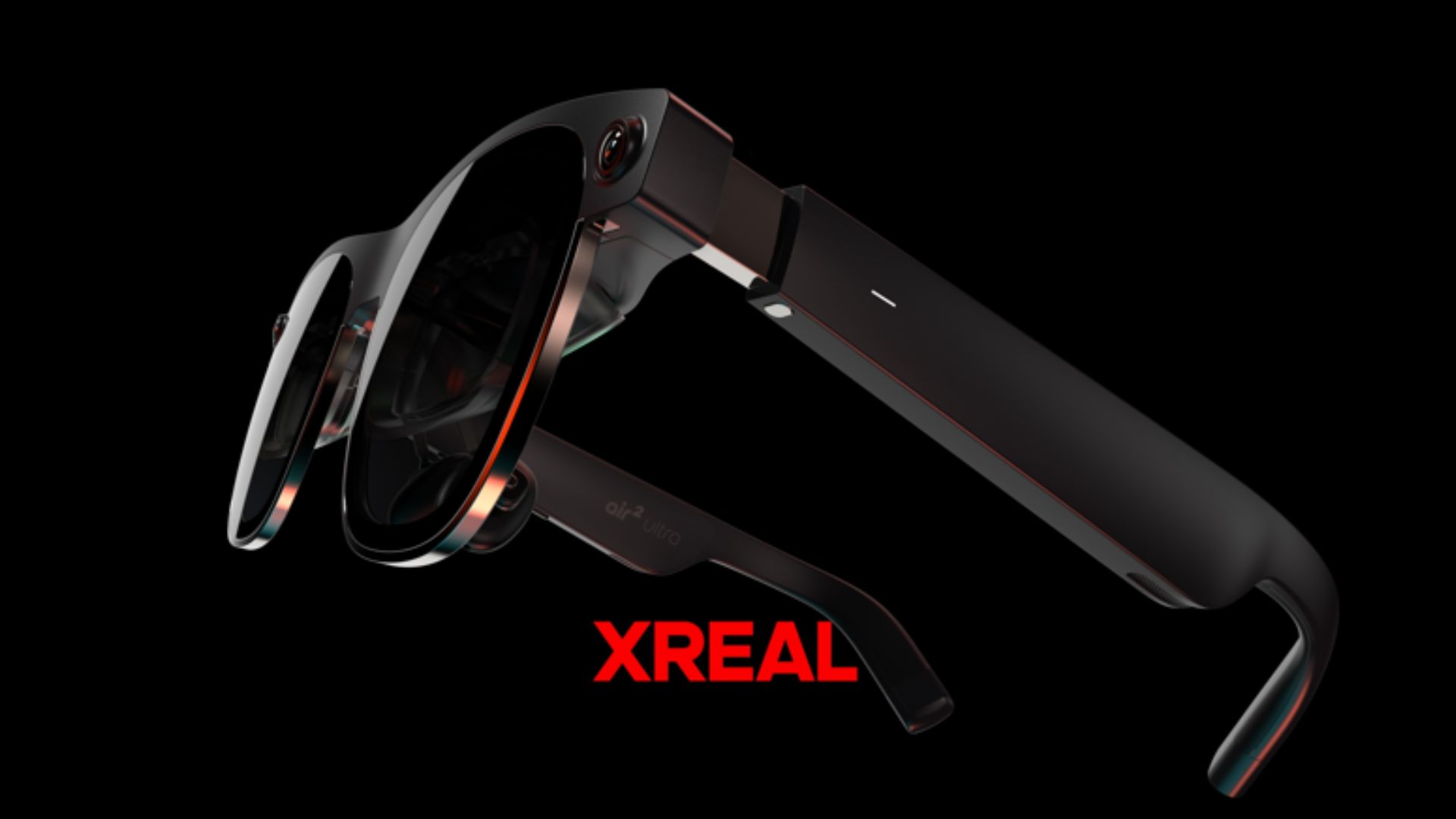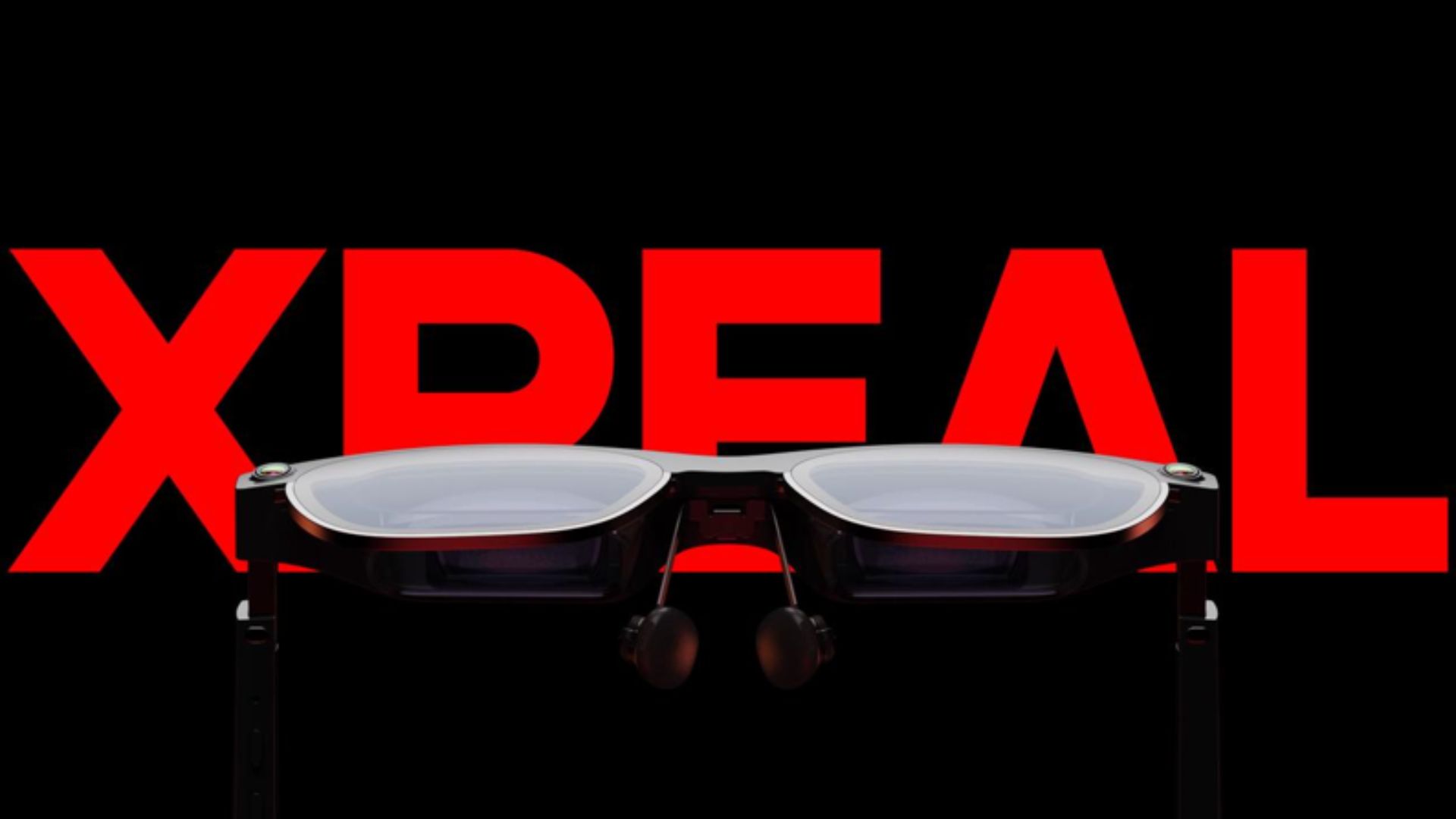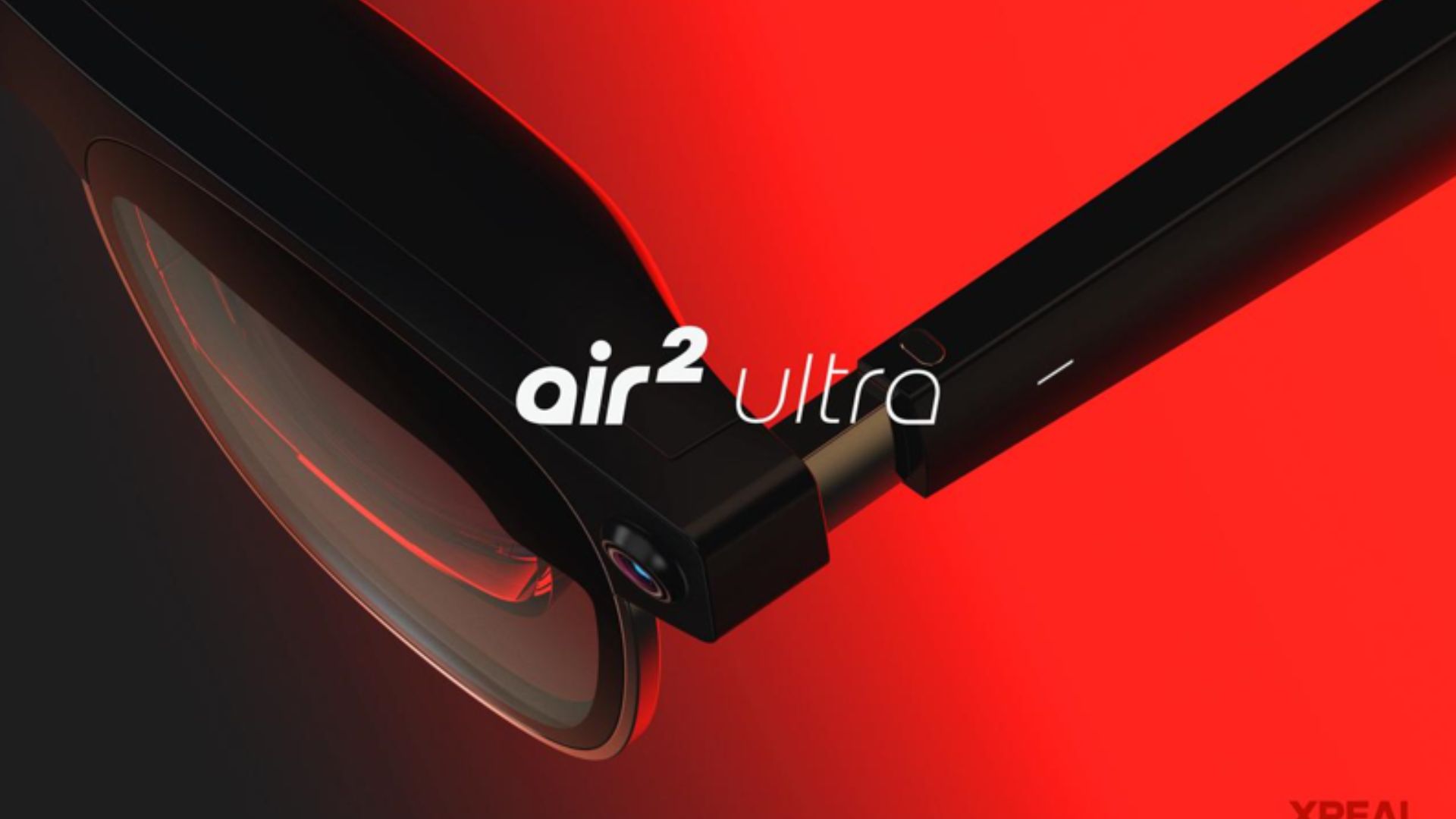XREAL's HoloLens-like Air 2 Ultra AR glasses give Apple's Vision Pro a run for its money even before it launches
XREAL just announced the latest entry in its XREAL Air series AR glasses, the XREAL Air 2 Ultra AR glasses. They provide an affordable and more stylish alternative to Apple's Vision Pro or the Meta Quest 3.

What you need to know
- XREAL just unveiled its Air 2 Ultra AR glasses, which are expected to start shipping in March, but you can pre-order them for $699.
- They are designed to compete against the Meta Quest 3, Microsoft's HoloLens, and Apple's Vision Pro.
- The AR glasses ship with a 120Hz refresh rate and peak brightness of 500 nits.
- The unit ships with support for Apple's spatial video, which will allow users to convert videos recorded with the iPhone 15 Pro to the side-by-side format using third-party iPhone apps.
- XREAL boasts that the entry features a full HD viewing experience with a field-of-view (FOV) of 52°and 42 pixels per degree (PPD), which stacks miles ahead of Apple's Vision Pro.
XREAL (formerly NREAL) just debuted the XREAL Air 2 Ultra, adding to its popular XREAL Air series AR glasses. The augmented reality (AR) space has been relatively quiet, with a few exceptions making significant headway, including the Meta Quest 3 and the soon-to-launch Apple Vision Pro.
But XREAL is also claiming a spot in the category with its XREAL Air 2 Ultra glasses, which ship with six degrees of freedom (6DoF) through dual 3D environment sensors. XREAL already has a 51% stake in the augmented reality market. The company aims to break through the spatial computing developer community by providing an affordable yet sophisticated entry with the potential to compete on an even playing field with established competitors in the field.
READ MORE: Apple Vision Pro's big risk? It's a failed category
According to Chi Xu, XREAL's founder and CEO:
"With XREAL Air 2 Ultra we’re empowering developers around the world by providing an affordable and lightweight solution that allows them to jump into the exciting world of spatial computing and create the next generation of mixed reality experiences."
How will the XREAL Air 2 Ultra glasses work?

XREAL refers to the Air 2 Ultra as "a total package for developers." The glasses will help developers to create AR apps, thus allowing them to explore spatial commuting experiences. Right off the bat, they ship with XREAL's AR environment launcher called Nebula coupled with the company's latest SDK, which focuses on spatial computing technology designed to leverage the entry's in-frame sensors.
What's more, the glasses ship with a pair of 3D environment sensors with computer vision capabilities. It's in place to help determine a user's location within a 3D space. The user will get to enjoy a full HD viewing experience with a field-of-view (FOV) of 52°and 42 pixels per degree (PPD), which according to the company is higher than that of the Apple Vision Pro. This is complemented by a 120Hz refresh rate and peak brightness of 500 nits.
Get the Windows Central Newsletter
All the latest news, reviews, and guides for Windows and Xbox diehards.
RELATED: Apple's HoloLens-like 'Vision Pro' headset may already be a flop
Additionally, the AR glasses ship with cinematic-grade audio and directional audio technology to help prevent sound dispersion, which promotes privacy. It's also important to note that the entry ships with support for Apple's spatial video. This means that you can convert videos captured on the iPhone 15 Pro to a regular side-by-side format using third-party iPhone apps.
Stylish and capable AR glasses

Aside from its advanced capabilities, the AR glasses also spot a stylish and trendy aesthetic thanks to its titanium ring frame. This doesn't make them bulky, as they only weigh 80 grams and provide the user with optimum weight distribution with adjustable temples.
Moreover, the glasses are TÜV Rheinland certified for Color Accuracy, Eye Comfort, Low Blue Light, and Flicker Free usage. You can also rest assured that the glasses meet the set ISO standards when it comes to picture quality and comfortable viewing.
XREAL will start shipping the Air 2 Ultra AR glasses in March, but you can pre-order them for $699 now.

Kevin Okemwa is a seasoned tech journalist based in Nairobi, Kenya with lots of experience covering the latest trends and developments in the industry at Windows Central. With a passion for innovation and a keen eye for detail, he has written for leading publications such as OnMSFT, MakeUseOf, and Windows Report, providing insightful analysis and breaking news on everything revolving around the Microsoft ecosystem. While AFK and not busy following the ever-emerging trends in tech, you can find him exploring the world or listening to music.
-
ShinyProton Considering only 2 Samsung phones are fully supported for the world tracking feature - with no further additions planned - I would not qualify these as HoloLense replacement, and especially not giving Apple Vision a run for its money.Reply
These will go nowhere outside the "in-your-face" display gadget. And its a 52 degrees only FOV (horizontal I guess). Nothing impressive there. -
The Werewolf "This means that you can convert videos captured on the iPhone 15 Pro to a regular side-by-side format using third-party iPhone apps. "Reply
So, does it support Android at all? You know the OTHER 83% of phones out there?
And I'm a little puzzled at how a $700 display that has to be connected to a computing device like a phone constitutes "competition" for the Quest 3 at $500 that's a standalone device with AR capability which can be connected wirelessly to a PC to play desktop level VR games.
